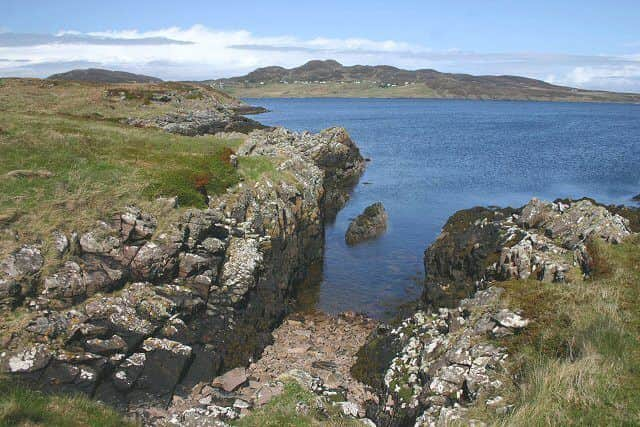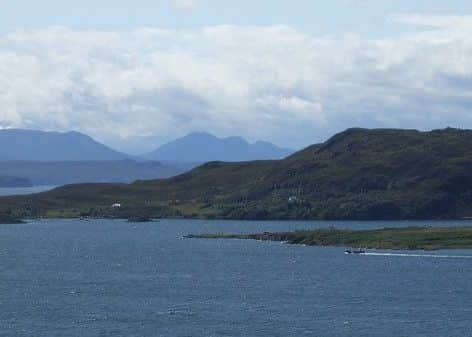Ambitious plans for remote Highland island of Tanera Mor revealed
Now ambitious plans could breathe new life into Tanera Mòr, which lies off the Coigach peninsular near Ullapool, by making it a “world class” holiday location.
A planning application would restore a track around the island while a broader vision would see historic buildings redeveloped, holiday accommodation opened and three individual communities established.
Advertisement
Hide AdTanera Mor was bought last year by English hedge fund tycoon Ian Wace for £1,695,000 - far less than the £2.5m asking price when it was originally put on the market in 2013.


Mr Wace, who has a reported net worth of £505m, will oversee a four-year programme of improvements on Tanera Mor which could see it become an idyllic retreat capable of hosting up to 60 paying guests.
A project report submitted to planners said the scheme would “safeguard and enhance the island’s natural, built and cultural assets for generations to come”.
“The underlying ethos of the project is a profound respect for the Island’s rich cultural and natural heritage,” it added. “Work will be carried out to the highest standard, and wherever possible will use local expertise and labour to add additional value to the existing community on the mainland and the surrounding area.”
The 796 acre island features a sheltered deep water anchorage, several cottages and a post office which produces its own private stamps.


All letters posted on Tanera Mòr must bear two stamps - a Summer Isles stamp to carry it from Tanera to the mainland and a Royal Mail stamp for the rest of the journey.
Advertisement
Hide AdIt was once a thriving fishing community until it suffered from the decline in the industry and has seen periods of being uninhabited since 1991, although there are now some residents.
Three communities - at Ardnagoine, Tigh-an-Quay and Garadheancal - are to be created so different groups of guests can occupy Tanera at a time or one large party can take over the entire island.


Advertisement
Hide AdBuildings will be made from “ruined structures” which are to be redeveloped “in keeping with their historical context and place within the wider landscape”.
Cafes, social spaces and a church will also be built alongside an already existing post office.
Staffing would include up to 10 full-year residents, with an additional 20 part-time workers.
Developers hope the the island, accessible by a ferry service from near Ullapool, will be a place for people “to escape to” for celebrations or those who enjoy creative pursuits.


However, it has already hit a stumbling block as the Scottish Environment Protection Agency has objected unless modifications are made to the tracks so as not to disturb peat and wetlands.
The island is home to various protected species including the European otter, and it has flora which is unusual for the area as there are no sheep, rabbits or deer to feed on it.
